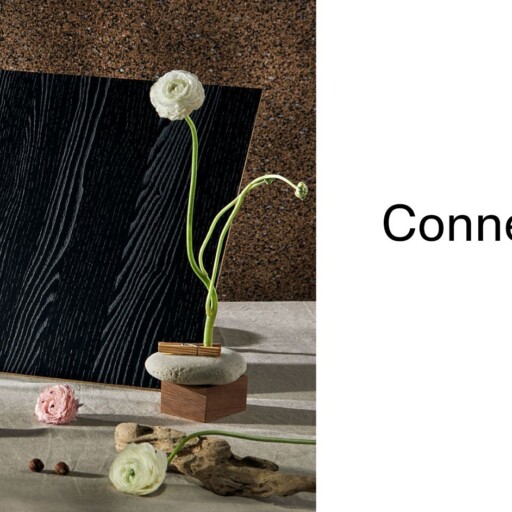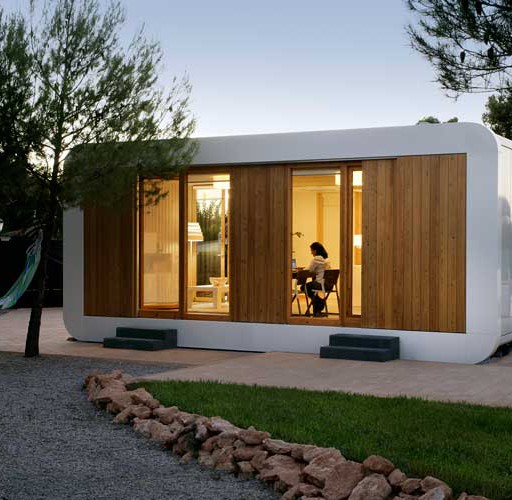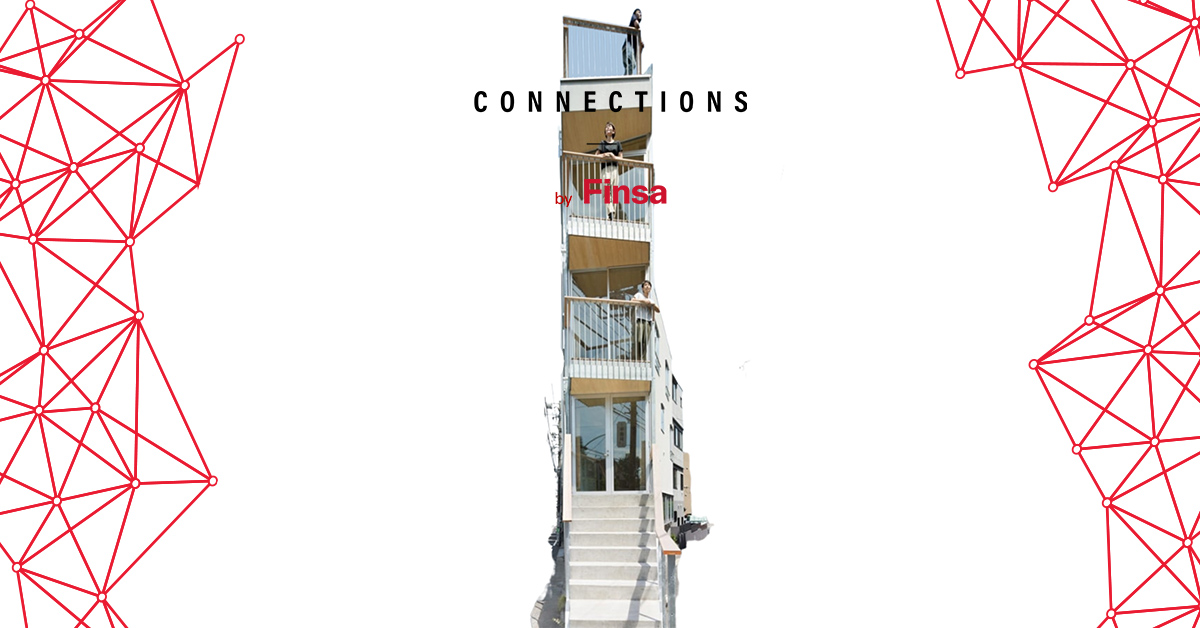Innovative, sustainable, and commercially available. These are the key qualities that a material must have in order to become part of the materials library at Material ConneXion Bilbao, a centre that specialises in searching for and assessing innovative materials. Its director, Unai Etxebarria, is convinced that innovation is the key to being competitive and uses his position to promote this idea. Here we chat with him about the present and the future of materials.
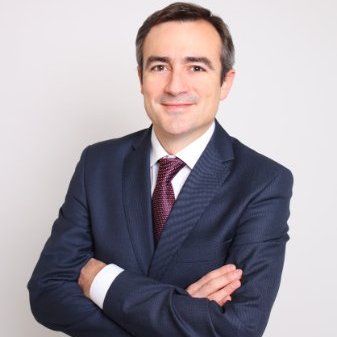
As the director of Material ConneXion Bilbao you are always surrounded by materials. What defines a good material?
Firstly, it is important to know its physical properties and how it behaves in certain working conditions so the person that works with it is aware of this. In addition, it is important to us and to our clients that it is sustainable and commercially available. When you’re working in the world of innovation you see a lot of materials that are fantastic on paper but, when it comes to using them, they are not available on an industrial scale and it is impossible to work with them at a commercial level.
Can choosing the right material be the key to success or failure for a design?
Choosing the appropriate material is key. There is a very close link between design and materials: new design concepts require new properties from the materials which go a bit further but, at the same time, the development of new materials allows designers to generate new ideas and product proposals. They feed off each other and are interconnected.
How has the goal of Material ConneXion evolved since its beginnings 20 years ago up until now?
Originally, it was created as a materials archive, a classification of samples, and a database with a huge quantity of information classified in an ordered way. Gradually it has evolved towards consultancy, because designers, architects and other professionals present complex challenges that require an interlocutor. Choosing materials entails a series of considerations that must be taken into account and a simple library cannot meet those demands. That’s why a team of people that can contextualise the application of the materials has been created.
So, a design professional specifies the characteristics of the material they are looking for for their project and the team consult them based on the material library’s collections.
They can also explain certain qualities they wish to convey, or if they want to work with certain quantities, or if they need to personalise it, or if there are any geographical limitations. We take all of these characteristics into account.
Beyond the technical, do you work with emotional qualities?
Indeed, it is not just information, we really take into account the emotional and the sensorial, which are important aspects of materials. That’s what the physical part of the materials library is for.
What is most important when it comes to including a new material?
The three fundamental factors are: that it is truly innovative, that it is sustainable, and that it is commercially available. Our job is to provide a service to professionals, so it is in our interest that the materials we put forward can actually be used.
Do you have an example of something that has recently been included?
The superPan board by Finsa was proposed by Bilbao, and it has been a bit surprising because the wood sector is one with many years behind it and we might mistakenly think that we have seen it all. This material presents some innovative characteristics, there are different versions…it has some very interesting points.
We have materials from different fields, many for architecture but also for the industrial world. Another example is a material made from natural fibres of agricultural waste which uses a fungus as a binding agent and results in a substitute for expanded polystyrene, a material which is bad for the environment. That is another function of the materials library – identifying new uses for materials which already exist, which are developed focused on a specific application but then have other fields of use.
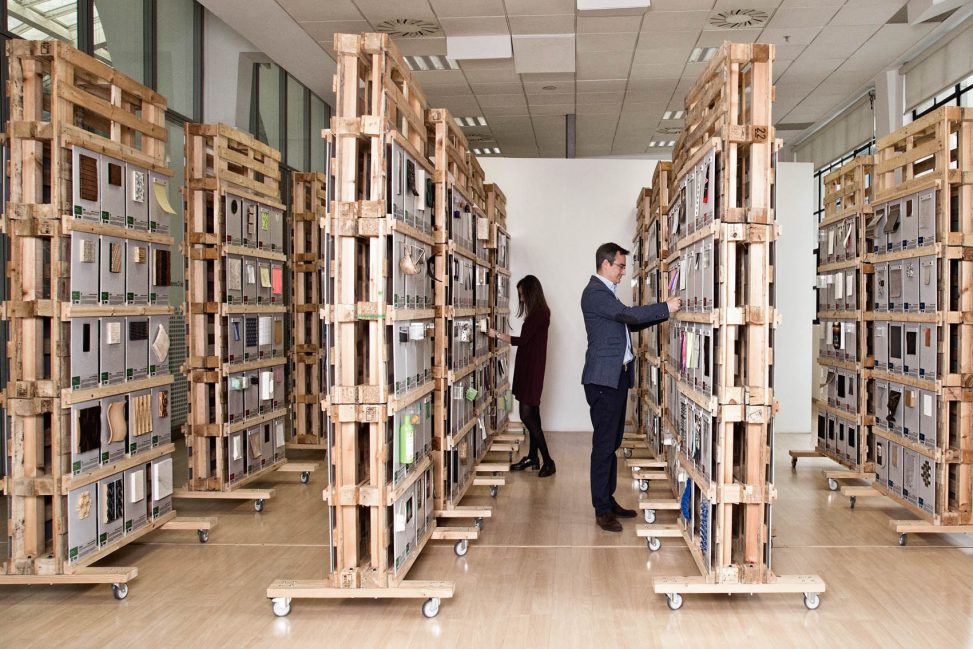
How did Material ConneXion arrive in Spain? Is there a special interest in innovative materials in our country?
In Bilbao, the positive experience linked to the Guggenheim has served to spread the believe that elements like architecture or culture can generate wellbeing in general society. Following this philosophy, the BV Design Council established a plan to convert Bilbao into a design city, which included creating a materials library. They contacted Material ConneXion in New York and the project was launched by Material ConneXion Milán, the European office which has been open the longest. There was an awareness of this topic here.
Your materials library combines a physical archive with a digital database. How do the analogue and the digital live side-by-side?
There is only one material library: it has a single digital part which is common to all the offices and then there are the physical displays, the material samples. They complement each other. The digital part has the advantage of being able to store a large quantity of information in a convenient way and has filters and search engines which facilitate user access. But when a designer is working they like to know what the material is going to convey, how it looks, and seeing things on a screen is not the same as seeing them in person, feeling them, smelling them…
How has the library responded to the challenge of the current rapid evolution of materials?
We want our members to be up-to-date with what is happening the world of materials. The reason materials libraries exist is to put all the changes and new materials in the materials world in order and to make them accessible, because there are a lot of them. We have partly achieved this thanks to our network. The world of materials is so big and it’s happening simultaneously in so many places that one entity could not cover it all, and between us we can better visualise what is happening.
What has been the biggest revolution in the materials world in the 21st century?
The nano frontier: the enormous potential of being able to work on a nanometric scale is just being realised. We must look for commercial and industrial applications, but it is a milestone which will open up a world of very important possibilities.
And sustainability. We’ve returned to looking at nature as a source of solutions and it’s clear that it is a useful and realistic source. A few years ago, we were seeing materials that were a bit “idealistic” but that weren’t applicable or couldn’t be used on a large scale. Now we see that sectors like construction and the automotive industry are using increasingly sustainable materials and ones based on natural materials.
Is sustainability the future?
Sustainability is the present and more and more it will be the future. The future is going to evolve towards sustainability because that possibility is going to exist, but also, due to regulations in different sectors, we are going to have to do it.
Which project would you highlight of those that Material ConneXion currently has underway?
We have a lot of projects related to the useful life of components. The life of a material can be affected by different factors, such as wear and tear, temperature etc. For example, in outdoor furniture, which is subject to important temperature changes, solar radiation, humidity, among others. We have consultations aimed at looking for materials which maintain their technical and aesthetic properties when they are exposed to complicated conditions. In the industrial field, the life of components is also being looked at: metals that don’t corrode, that don’t wear etc.
Recently we have been working on a project to obtain materials that deal with light and textures for car interiors. Because in the end the aesthetic often has its technical value too. The ideal project to which we bring added value is one which requires specific aesthetic finishes and particular technical specifications at the same time.
Which company or design professional would you like to collaborate with?
There are a lot. In Bilbao we have a weakness for Frank Gehry and Norman Foster, who are the two architects of note that we would love to work with.


